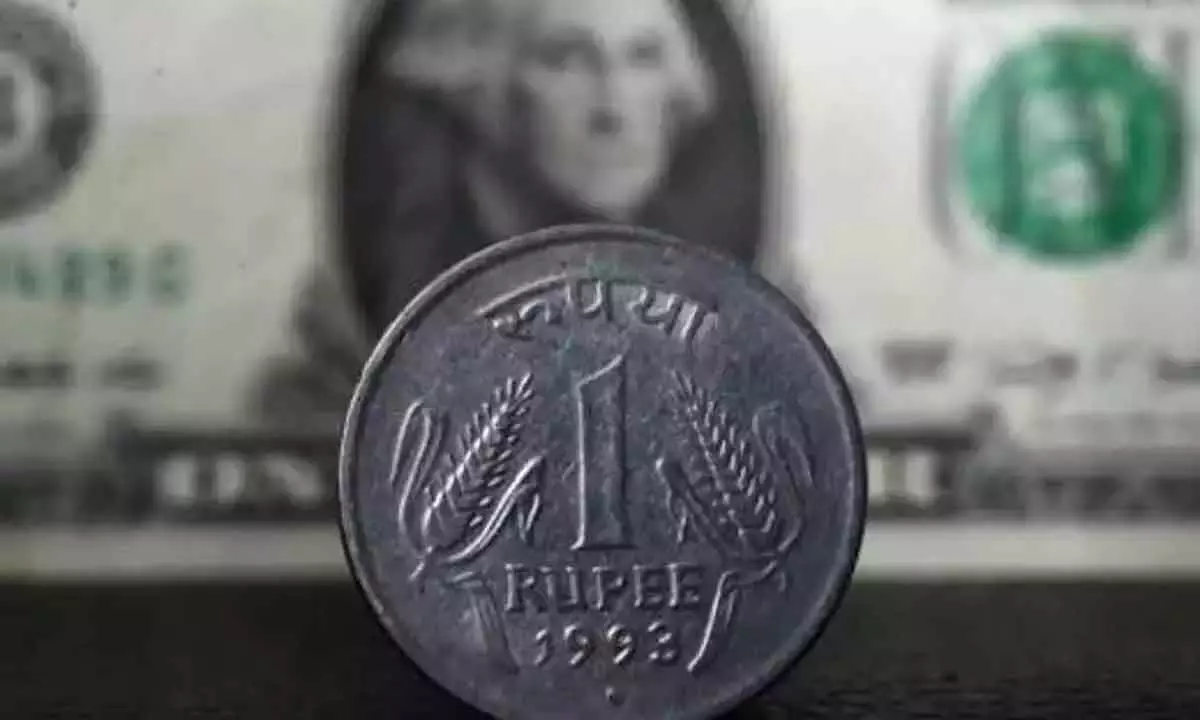Rupee journey from 40/$1 to 80/$1 in 15 years
This time 15 years ago, the rupee's exchange rate was around 40 per US dollar, making activities such as studying abroad increasingly popular given the rupee's strength. However, much has changed since then.
image for illustrative purpose

This time 15 years ago, the rupee's exchange rate was around 40 per US dollar, making activities such as studying abroad increasingly popular given the rupee's strength. However, much has changed since then.
Of course, the rupee's exchange rate going past 80/$1 does not mean much in itself as the Indian currency - like many others - has been under pressure for some time on account of global as well as domestic factors. But the rupee is expected to continue depreciating in the medium to long term. This will have consequences for the Indian economy.
As per data released by the Reserve Bank of India (RBI) on July 16, the rupee remained overvalued as recently as June, with its real effective exchange rate against a basket of 40 other currencies standing at 104.18.
So far in July, the rupee has weakened by 1.2 percent against the greenback. As such, depending on how the 40 currencies in the basket move, the rupee's real effective exchange rate may fall closer to 100 in July.
While the RBI acts to prevent exchange rate volatility - be it appreciationary or depreciationary movement - it does not have a set level for the rupee in mind. So how low could the rupee fall?
As per the International Monetary Fund's (IMF) forecasts for India's GDP, the rupee could weaken to 84 per dollar by FY28. However, the IMF's World Economic Outlook database has not been updated since April. As such, the next update, likely later this month, could see the GDP forecasts imply a much weaker rupee in the coming years.
It's not just the IMF which is suggesting a steady depreciation of the rupee. Neelkanth Mishra, member of the Economic Advisory Council to the Prime Minister, wrote in a newspaper column earlier this month that the RBI could look to guide the rupee lower by 3-4 percent every quarter until the current account deficit ceases to be a problem.
While India's current account deficit (CAD) fell to $13.4 billion in January-March 2022 from $22.2 billion in October-December 2021, the merchandise trade deficit - key driver of the CAD - has hit record highs nearly every month in the last half a year. In June, it rose to a massive $26.1 billion, up 172 percent year-on-year.

